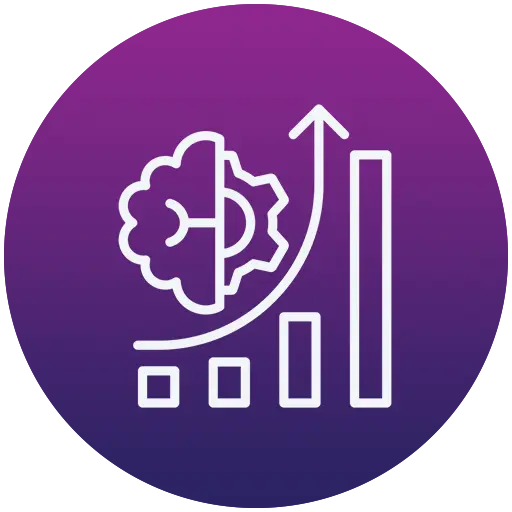
Data Privacy and Security in the Era of Big Data: Safeguarding Enterprise Information
23 May 2024
Business Intelligence Best Practices: A Roadmap to Success in Data-Driven Decision-Making
25 May 2024The Future of Work: Exploring the Role of RPA in Shaping the Digital Workforce
Understanding the Digital Workforce:
RPA's Impact on Traditional Business Processes:
1. Enhanced Efficiency:
2. Accuracy and Error Reduction:
3. Scalability:
Shaping the Future of Work:
1. Job Transformation, Not Elimination:
2. Skill Shift:
3. Agile and Adaptable Operations:
Challenges and Considerations:
1. Integration with Existing Systems:
2. Data Security and Compliance:
RPA's Role in Industry Verticals:
1. Finance and Accounting:
2. Healthcare:
3. Customer Service:
The Evolving Landscape:
1. AI Integration:
2. Cognitive Automation:
Conclusion
In conclusion, the future of work is not a binary choice between humans and machines; it's a collaborative partnership where RPA plays a crucial role in augmenting human capabilities. As organizations increasingly recognize the transformative potential of the digital workforce, the integration of RPA will continue to evolve, shaping a future where humans and bots work hand in hand.
The key lies in embracing change, fostering a culture of continuous learning, and adapting to the dynamic landscape of the digital era. The future workplace will be defined by agility, innovation, and the harmonious collaboration between human creativity and the efficiency of the digital workforce powered by RPA. It's a future where organizations can unlock unprecedented potential and redefine the possibilities of what work can achieve.









